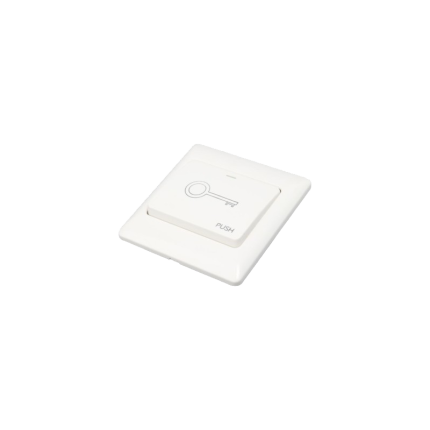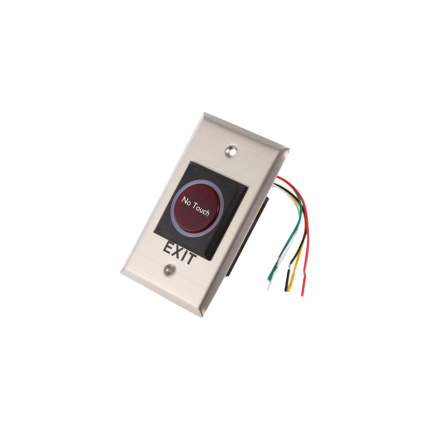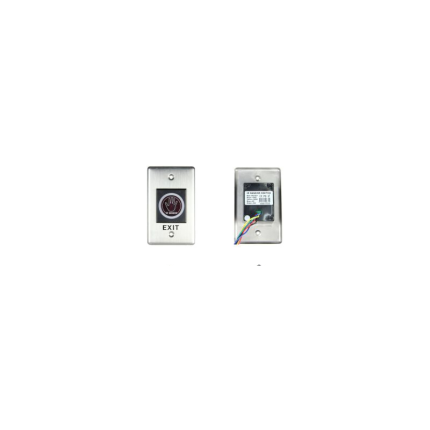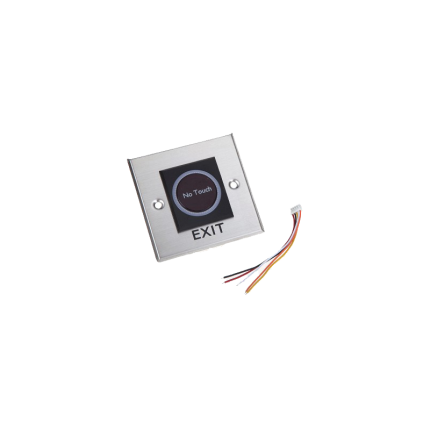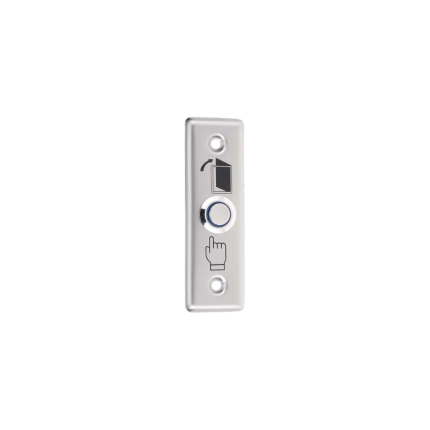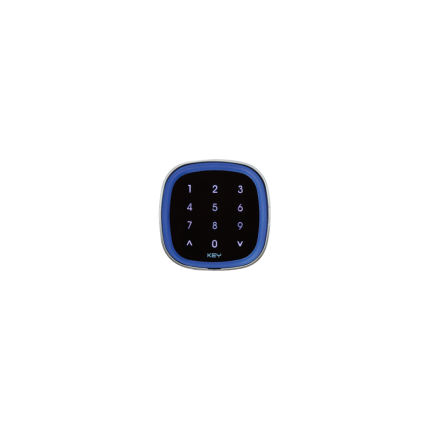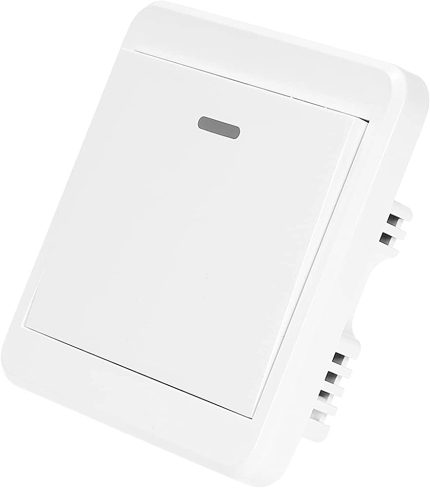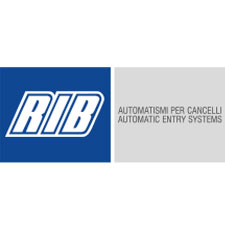exit
Exit Wand Car Detector
Ship or pick up from our office.
Exit Wand Car Detector
An Exit Wand Car Detector, also known as a magnetometer or vehicle sensor, works by sensing changes in the Earth's magnetic field caused by the movement of metal objects, specifically vehicles. Here's a more detailed breakdown of how it operates:- Magnetometer: The core of an exit wand is a magnetometer. This device is highly sensitive to variations in magnetic fields.
- Earth's Magnetic Field: The Earth naturally has a magnetic field surrounding it.
- Vehicle Movement: When a large mass of ferrous metal, like a car, truck, or even a heavy piece of metal equipment, moves through this magnetic field, it creates a disturbance or distortion in the field. Think of it like a boat creating waves as it moves through water.
- Detection: The exit wand's magnetometer picks up on these subtle "waves" or changes in the magnetic field as the vehicle passes by.
- Signal to Gate Opener: Once the changes are detected and exceed a certain threshold (which is often adjustable for sensitivity), the exit wand sends a signal to the gate opener's control board.
- Gate Activation: The gate opener, upon receiving this signal, then automatically opens the gate, allowing the vehicle to exit the property "hands-free" – without the need for a remote, keypad, or manual intervention.
- Motion-Activated: A crucial point is that exit wands primarily detect moving metal. If a car is stopped directly over the wand, it may lose detection.
- Buried Installation: Exit wands are typically buried underground, often alongside the driveway, making them discreet and protected from weather and accidental damage.
- Sensitivity Adjustment: Most exit wands have an adjustable sensitivity. This allows you to fine-tune how easily it triggers, helping to prevent false alarms from smaller metal objects like bicycles or lawnmowers, or to ensure it detects vehicles at a desired range.
- Wiring: Wired exit wands have a cable that connects the wand to the gate opener's control box. Wireless versions transmit the signal wirelessly to a receiver connected to the gate opener.
- Not for Safety Loops: While they are excellent for automatic exit, exit wands are generally not recommended for use as safety loops. Safety loops (which are different, typically inductive loops buried in the driveway itself) are designed to detect any presence of metal, moving or stationary, to prevent the gate from closing on a vehicle.
- Limitations: They can sometimes be triggered by very large or fast-moving metal objects even if they are not cars. Also, if they are placed too close to the gate, they might experience false triggers.
Keypad access control -Key Automation EGKTB1
PRODUCT SHEET PDF
While a specific image of the EGKTB1 is not available in the search results, the description aligns with the typical features and functionality of a keypad used for access control. You can likely find images of similar keypads by searching for "Keypad Access Control" or "Keypad Security System".
Keypad access control -Key Automation EGKTB1
*BUS decoder powered *Rain Shield Cover Included *Touch *Protection degree: IP 55 *BacklightTECHNICAL FEATURES
| Duty cycle percentage | % | 100% |
| Voltage | Vac | 10-24 |
| Voltage | Vdc | 12-34 |
| AC Voltage Frequency | Hz | 50/60 |
| Nominal power | W | 0,25 |
| Peak power | W | 1,5 |
| Appliance isolation class | III | |
| Degree of protection | IP | 55 |
| Dimensions (L - D - H) | mm | 79 - 23 - 79 |
| Item | kg | 0,25 |
| Minimum operating temperature | °C | -10 |
| Max operating temperature | °C | +55 |
The Keypad Key Automation EGKTB1 is a keypad used for access control.
It's a type of electronic keypad that likely integrates with a security system to allow entry based on a code or combination.
Keypads like the EGKTB1 typically replace traditional keys and locks, providing a more secure and convenient way to manage access to a building or specific areas within a building.
Here's a more detailed explanation:
-
Access Control:The primary function of the EGKTB1 is to control access to a secured area.
-
Keypad Functionality:It allows users to enter a pre-set code using the keypad's buttons. This code is then verified by the connected security system.
-
Integration:It's designed to connect with a security system or control unit, often using a Wiegand protocol, to manage access permissions.
-
Security:Keypads offer a more secure alternative to traditional keys because they can be reprogrammed with new codes, and they eliminate the need to physically distribute keys.
-
Convenience:Keypads offer a convenient way to manage access, especially in situations where there are many users or frequent changes in access needs.



